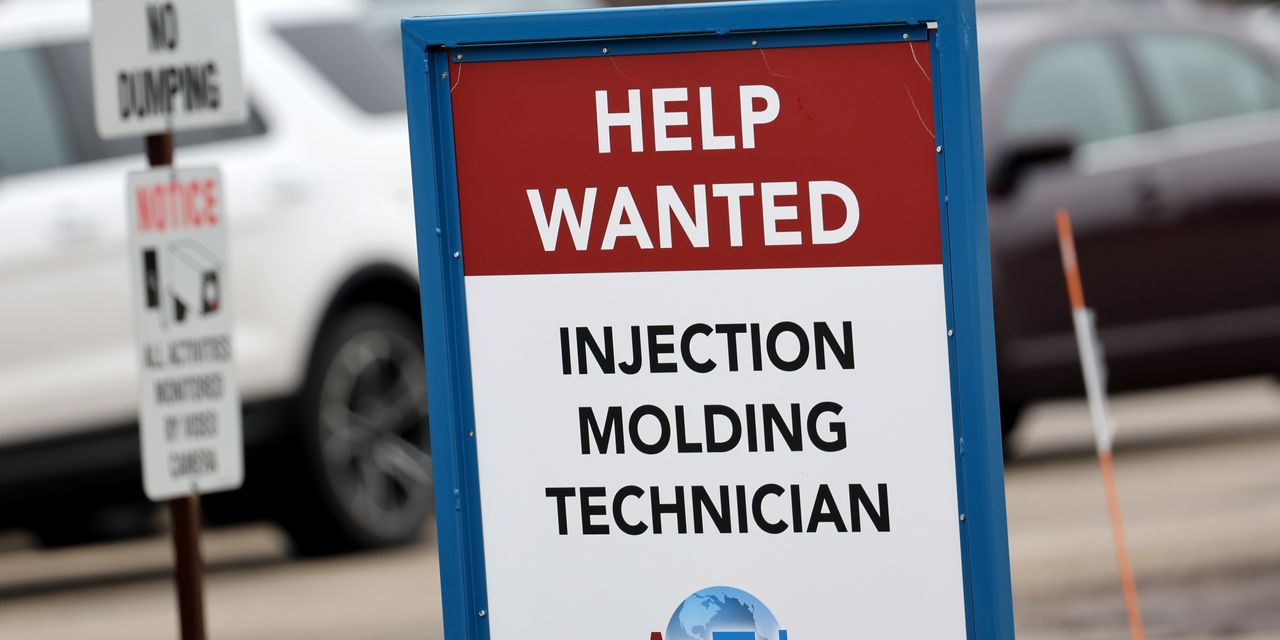The numbers: Job openings fell below the 10 million mark again in May in a sign of slight cooling in the U.S. labor market, but the report is unlikely to sway the Federal Reserve as it gears up to raise interest rates again.
Job listings declined to a two-month low of 9.8 million in May from a revised 10.3 million in April, the Labor Department said Thursday. It’s the third time they’ve fallen below the 10 million mark this year.
Economists polled by the Wall Street Journal had forecast job listings to total 10 million.
The number of job openings is seen as a sign of the health of the labor market and the broader U.S. economy.
Job postings have dropped from a record 12 million last year, but the Federal Reserve wants to see openings and hiring slow even further to ease the upward pressure on inflation.
The number of people quitting jobs, meanwhile, rebounded in May and topped 4 million for the first time in five months.
More people quit when they think it’s easy to find another job.
Key details: Job openings fell the most in healthcare and social work. They also dropped sharply in finance and insurance.
Listings rose in education and government.
While many openings are never actually filled, economists view the trend in job postings as a rough gauge of how strong the labor market is.
The number of job openings for each unemployed worker fell to 1.6 in May from 1.8 in the prior month.
The Fed is watching the ratio closely and wants to see it fall back to prepandemic norms of around 1.2.
The so-called quits rate among private-sector workers, meanwhile, climbed to 2.9% from 2.7% to mark the first increase since last fall. It peaked at 3.3% a little over a year ago.
People are more likely to quit when they think it’s easy to get a better job, and they tend to stay put when the economy weakens.
The number of reported layoffs also remained below prepandemic levels.
The U.S. is forecast to add a strong 240, 000 new jobs in June. The June jobs report comes out on Friday.
A separate report by payroll processor ADP calculated that nearly 500,000 net private-sector jobs were created in June.
Big picture: The Fed is worried that a tight labor market — too many jobs and not enough workers — will make it harder to get inflation under control. Labor is the biggest expense for most businesses.
The job market is cooling, but not fast enough for the Fed. The central bank may raise interest rates a few more times this year to make sure it gets inflation under control, an approach that could also raise the odds of recession.
Looking ahead: “The labor market isn’t always going to be this strong. Recessions happen,” said Nick Bunker, research director at Indeed Hiring Lab. “But for now, demand for new hires remains elevated and employers are still holding onto the workers they have.”
Market reaction: The Dow Jones Industrial Average
DJIA,
and S&P 500
SPX,
fell in Thursday trading after a strong ADP employment increase. Bond yields
TMUBMUSD10Y,
rose.
Read the full article here





